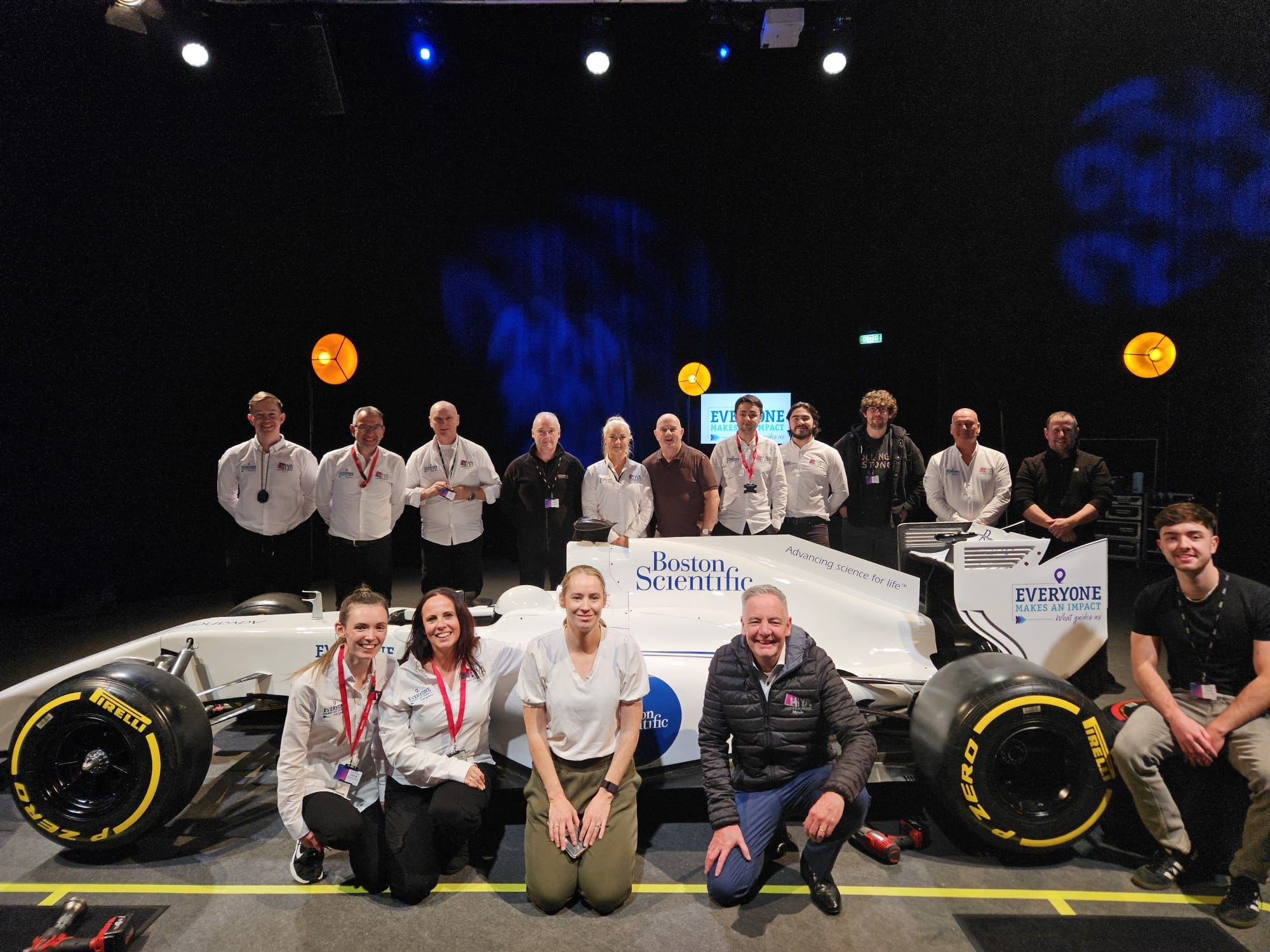
Human Performance
Why the Formula One Pit Stop Challenge is a Game-Changer for Senior Leadership Teams
In the high-stakes world of Formula One racing, a pit stop can make or break a race. Every second counts as the team works in perfect sync to change wheels and make adjustments—all in under three seconds.
While senior leadership teams might not be racing at 200 mph, the principles behind a successful F1 pit stop offer powerful lessons for improving teamwork, efficiency, and decision-making in the corporate world. Here’s why using the Formula One pit stop challenge as a training tool can transform senior leadership teams.
1. Mastering Precision Under Pressure
In an F1 pit stop, there’s no room for error. Each team member has a specific role, and they must execute it flawlessly while the clock ticks. For senior leaders, this mirrors the pressure of making critical decisions in high-stakes situations—whether it’s navigating a market crisis, launching a new product, or managing a PR issue. By simulating a pit stop scenario, leaders can practice staying calm, focused, and precise under time constraints, honing their ability to perform when it matters most.
2. Enhancing Team Co-ordination and Communication
An F1 pit stop involves up to 20 crew members working in unison. If one person is out of sync—say, the front jack operator lifts too early—the entire operation fails. This level of coordination requires clear communication, trust, and a shared understanding of goals. Senior leadership teams often struggle with silos, miscommunication, or unclear priorities. A pit stop exercise forces leaders to align their efforts, clarify roles, and communicate effectively, breaking down barriers and fostering a culture of collaboration.
3. Emphasizing the Value of Preparation
F1 teams don’t just show up and wing it. They spend hours practicing, analyzing data, and refining their processes to shave off milliseconds. Similarly, senior leaders can’t afford to approach major decisions or projects without preparation. The pit stop challenge teaches leaders the importance of planning, anticipating challenges, and having contingency plans. For example, just as an F1 team prepares for a sudden rain, leaders can learn to anticipate market shifts or competitive threats, ensuring they’re ready for any scenario.
4. Building Trust and Accountability
In a pit stop, every team member must trust that their colleagues will do their jobs perfectly. The gun operator doesn’t second-guess the jack operator—they rely on each other completely. For senior leadership teams, trust is often a weak link, especially when egos or competing agendas come into play. By participating in a pit stop challenge, leaders learn to rely on one another, hold themselves accountable, and put the team’s success above individual goals.
5. Driving Efficiency and Speed
F1 teams are obsessed with efficiency. They analyze every movement to eliminate wasted effort, ensuring the car gets back on the track as quickly as possible. In the corporate world, inefficiency can lead to missed opportunities, delayed projects, or bloated costs. The pit stop scenario encourages senior leaders to identify inefficiencies in their workflows, streamline decision-making, and prioritize speed without sacrificing quality—skills that are critical for staying competitive in today’s fast-paced business environment.
6. Fostering a Results-Oriented Mindset
At the end of the day, an F1 pit stop is about one thing: results. The team isn’t judged on effort or intention but on how quickly and effectively they get the car back in the race. For senior leaders, this reinforces the importance of focusing on outcomes rather than getting bogged down in process or politics. The pit stop challenge helps leaders shift their mindset to prioritize measurable results, whether it’s hitting revenue targets, improving customer satisfaction, or launching a new initiative on time.
7. Encouraging Continuous Improvement
F1 teams don’t rest on their laurels after a good pit stop—they analyze every detail to find areas for improvement. This culture of continuous learning is invaluable for senior leadership teams. By debriefing after a pit stop simulation, leaders can reflect on what worked, what didn’t, and how they can improve, fostering a growth mindset that translates to better strategic planning and execution in the boardroom.
Translating this into the Real World
Companies like Shell and Ferrari have used pit stop challenges in leadership training programs with impressive results. For example, a 2019 study by the Corporate Research Forum found that teams who participated in high-pressure simulations like pit stop exercises improved their collaboration scores by 25% and decision-making speed by 15%. These skills directly translate to better business outcomes, from faster product launches to more agile responses to market changes.
Summary
The Formula One pit stop isn’t just a thrilling moment in motorsport—it’s a masterclass in teamwork, precision, and performance under pressure. For senior leadership teams, engaging in a pit stop challenge can break down silos, build trust, and sharpen the skills needed to lead in today’s fast-paced business world. By stepping into the high-octane world of F1, leaders can learn to operate like a championship-winning team, driving their organizations to victory.
